This article first appeared in Sanctuary Magazine, the 55th edition (with a few changes made here for my blog).
A big thank you to editor Anna Cumming for commissioning this piece for I really love writing about the things I really love.
Living fences: Using plants to define your boundaries
One of the characteristics that really stood out to me when I first visited the little town of Daylesford, Victoria, close to where I now live, was the abundance of living fences present. Some over a hundred years old, tall, stunning, green, lush and timeless. Providing habitat for birds and insects and creating a calm, safe feeling in the town. Each living fence mitigating a little of summer’s intense heat.
While fences are often necessary for privacy and the safety of pets and children there is absolutely no need to limit their role in this way. Fences when made from plants or incorporating plants, can provide habitat, help to cool microclimates and add extra greenery to both urban and regional environments.
With populations increasing and cities and towns growing, we need to take every opportunity to introduce green into our built environment: ‘rewilding’ our surroundings, even in small ways. A living fence is a simple and effective way to start. There are many approaches to creating a living fence: what they all have in common is a thriving explosion of plants!

What is a living fence?
Fences are commonly used for creating privacy, for keeping pets and children contained and safe, and for marking property boundaries. With a bit of planning, all of these requirements can be fulfilled with a living fence: one that is made using plants on their own or by combining plants with an appropriate structure.
Depending on its main purpose, the space available and your aesthetic preference, a living fence can take the form of closely-planted clumping grasses, a hedge created from shrubs, a line of small trees or espaliered fruit trees, or a cascade of tendrils and flowers from a climbing vine.
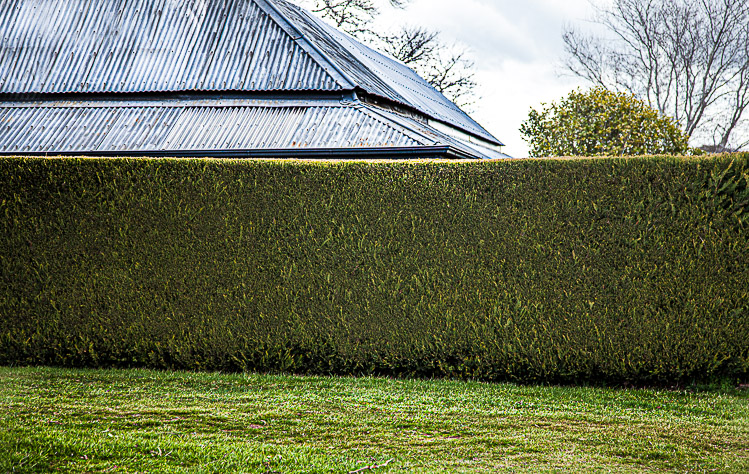
Why choose a living fence?
No matter how small your property, if there is room for a fence then there is probably room for a living fence. Well-kept living fences are extremely beautiful. Evergreen plants provide a verdant wall to look at all year round. Climbing plants with flowers provide colour, interest and architectural shapes to admire. A living fence is an extension of your garden, allowing you to layer greenery to create depth and texture. And if you already have a standard fence, you can breathe life into it with a climbing plant.
Cooling microclimates
While living fences add a great deal of beauty, they can also help green our cities and create cool microclimates. Built-up urban areas are prone to the urban heat island effect: dense concentrations of pavement, buildings and other thermal mass surfaces absorb daytime heat, releasing it again at night. As a result, ambient temperatures can increase by one to three degrees Celsius. Greening infrastructure projects large and small, including living fences, can help counter this effect through the plants’ natural transpiration.
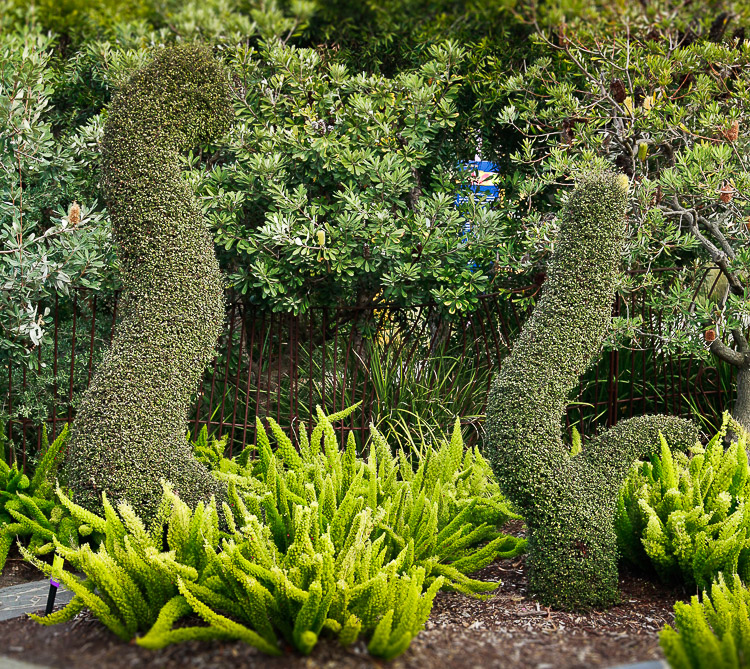
How to choose plants for a living fence
When deciding on the style and plant selection for your living fence, consider its purpose, maintenance requirements, and how it will fit into your existing garden. Whether you opt for native or non-native species, always ensure you avoid species considered invasive in your area. Be careful that your living fence does not impede communal walking paths, and consider traffic sightlines where necessary – especially for cars exiting driveways.
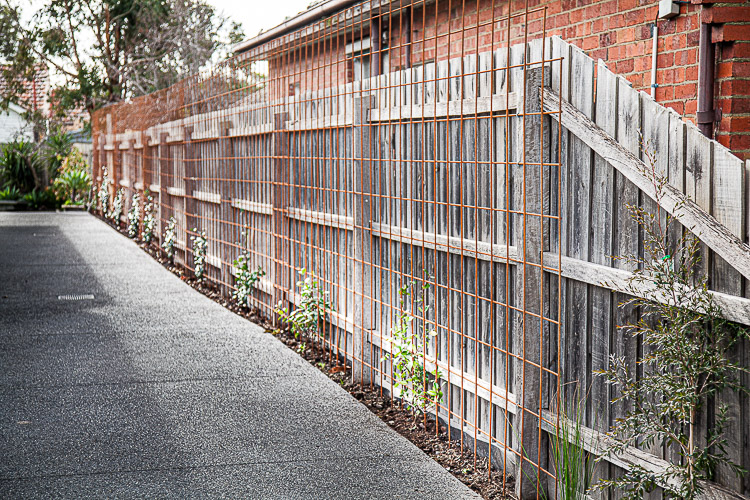
Grasses
If your main priority is boundary marking, a living fence can be as simple as planting a row of ornamental grasses. There are many choices: Poa labillardierei (Common Tussock-grass), Pennisetum alopecuroides (Foxtail fountain grass ), Lomandra hystrix (Green Mat-rush,) Miscanthus sinensis (Chinese Silver grass), Schizachyrium scoparium (Little Bluestem) to name a few. Some perennial grasses are evergreen meaning that they stay green all year round while others are deciduous: turning a dusty or burnt orange. Deciduous grasses create a rich and interesting landscape during the winter months. Refrain from the temptation to cut them back at this time. Instead cut only a few to use as ornamental bouquets in your home. Cut the remainder at the start of spring when new green growth begins to appear.
Choose perennial grasses if you want a low maintenance garden. Or contribute to food security in your area by growing an edible perennial or annual such as Themeda triandra (Kangaroo Grass), Secale cereale (Rye), Hordeum vulgare (Barley), and then invite friends to harvest and pound (mill) for a pancake feast!

Shrubs
Privacy and safety for children and pets can be achieved with shrubs planted to make hedges. If privacy and safety are needed quickly, establish a very low-cost fence and then plant shrubs around it, in front or behind it. The shrubs will eventually envelop the fence.
There are many shrubs to choose from, and garden nurseries offer plenty of information on the growing requirements of plants to help you make your selection. Look for plants in the following genuses Acacia, Westringia, Acmena, Yew, Thuja, and Laurel.

Search for plants that suit your soil type and climate, and be sure to check the height, width and growth rate. Fast-growing hedges will establish quickly but need more frequent pruning, watering and compost. Slower-growing hedges can take years to establish but will then need less maintenance once they mature.
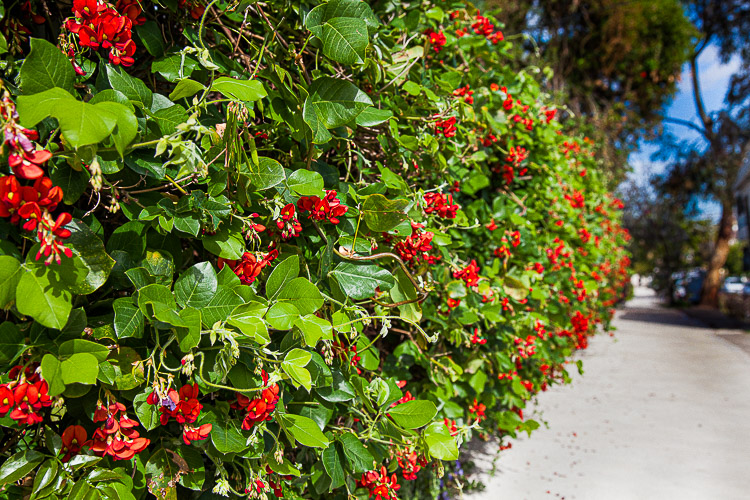
Also consider colour, foliage texture, and whether you’d prefer evergreen or deciduous. An evergreen shrub will stay green all year round, while deciduous species will change colour before (usually) dropping their leaves. For example, Berberis thunbergia (Japanese Barberry) is a deciduous shrub that goes from green to bright red foliage in autumn. For silver foliage try Westringia fruticose (Native Rosemary), Teucrium fruticans (Tree Garmander), or Pittosporum tenuifolium ‘Silver Sheen’ (Pittosporum Silver Sheen).
Trees
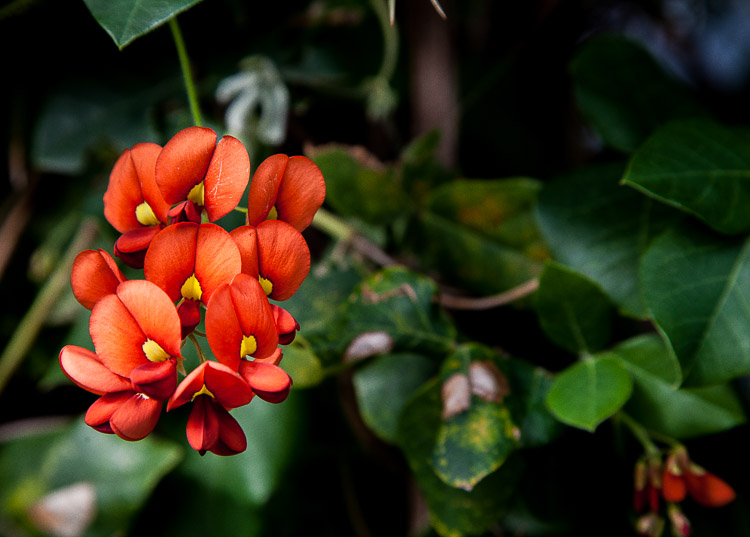
A line of small trees can also be used to create a fence or to green an existing fence line. A popular choice is any tree in the conifer family with a tall, narrow form; plant them as close as planting instructions will allow.
For an ‘edible fence’, you can espalier fruit trees. Espaliering is easy to do, saves space and allows even small garden owners to access seasonal fruit. Buy bare-rooted trees and plant in winter, and explore the many instructional videos on different espaliering techniques available online.
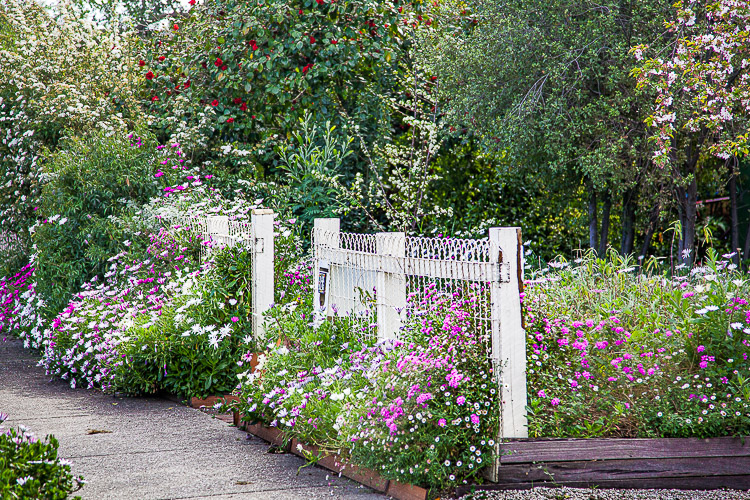
Climbing vines
Climbing vines with structural support can form a fence for privacy and for protecting animals and children. Choose evergreen plants for year-round screening or deciduous for a flash of autumn red followed by bare branches. You can use metal mesh or tensioned wire on a structural frame or a wooden fence to support your vines; remember that climbing plants are heavy once established so make sure the structure is able to support their weight.

There are many fantastic climbing plants to choose from. The evergreen Hardenbergia violacea (Purple Coral Pea ) produces a mass of gorgeous purple pea flowers. Pyrostegia venusta (Golden Shower) has stunning orange trumpet flowers and climbing tendrils. Trachelospermum jasminoides (Star Jasmine’s) sweet fragrance, Rosa banksiae’s (Lady Banks Rose) rose clusters and the tiny fairylike leaves of Muehlenbeckia complexa (Maidenhair Vine)are all attractive options. If your home or rental property has an existing brick or masonry fence then try Parthenocissus tricuspidata (Boston Ivy) with its burnt red autumn leaves, or Ficus pumila’s (Creeping Fig’s) attractive juvenile leaves.
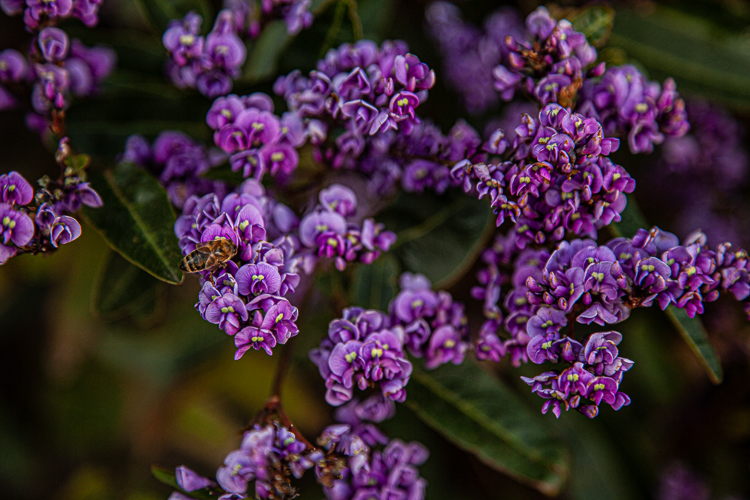
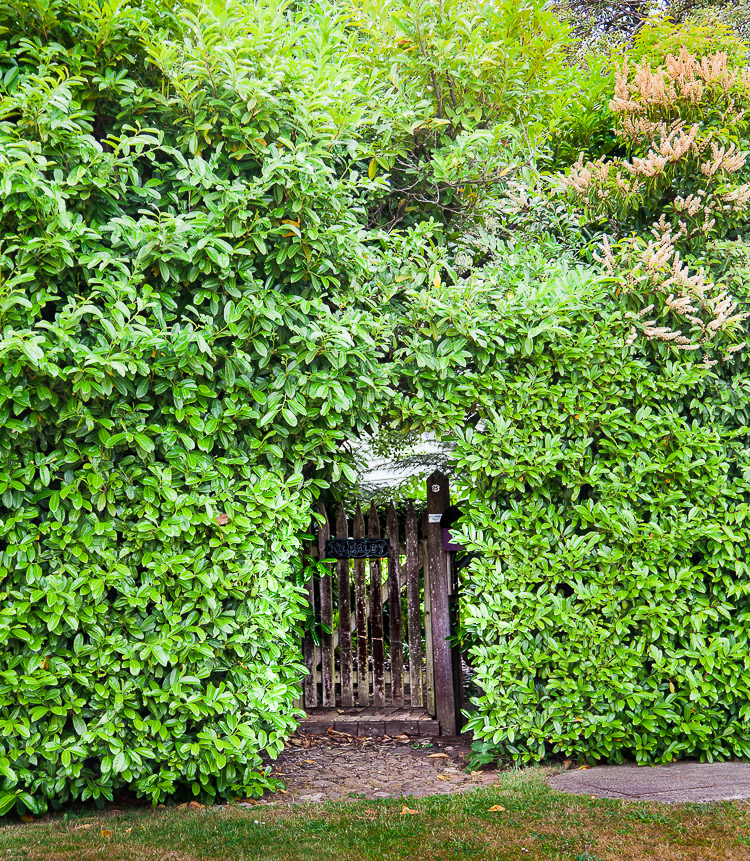
Before planting
Whether you opt for grasses, shrubs, trees or climbers for your living fence, do your plant research. How will the plant grow? How will it change over time? What level of maintenance will it need? Will it drop leaves? If planting trees choose a variety without aggressive tree roots. If the boundary fence is very close to the house ensure your soil type is not highly reactive clay soil and that the tree roots will not compromise the foundations.
Do your research but don’t get overwhelmed and don’t be put off because generally speaking the value of a living fence far outweighs its care needs. And one final piece of advice: if establishing a new fence, it’s a good idea to do a property boundary search via your relevant state agency to ensure you’re putting the fence in the right place and not on your neighbour’s property.
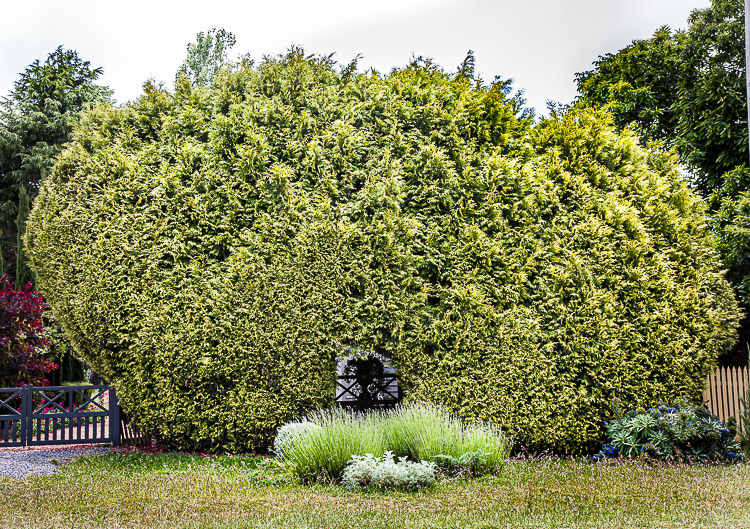
Whether you live in a city, a regional town or in the bush, infrastructure like fences is often necessary. Likewise, rewilding our living environments is important, and easy to do. A living fence is a great way to combine the two, and the benefits will be experienced by you and all that pass by.

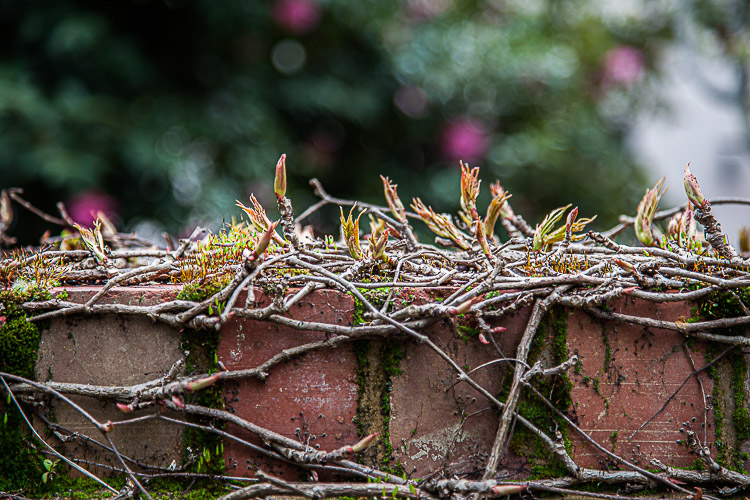

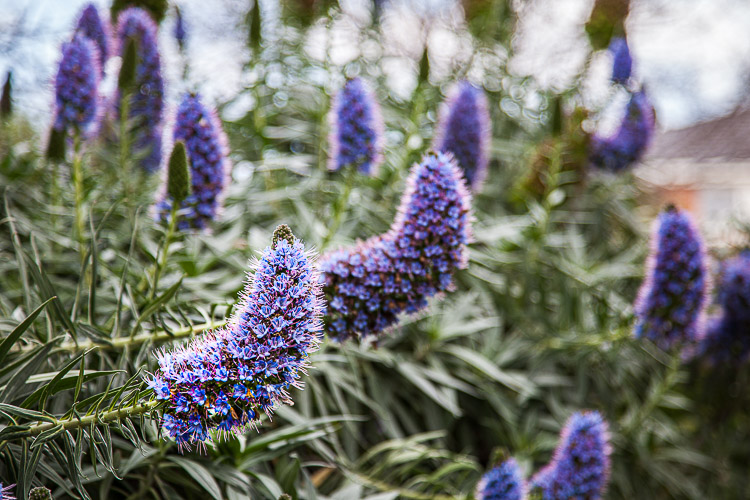


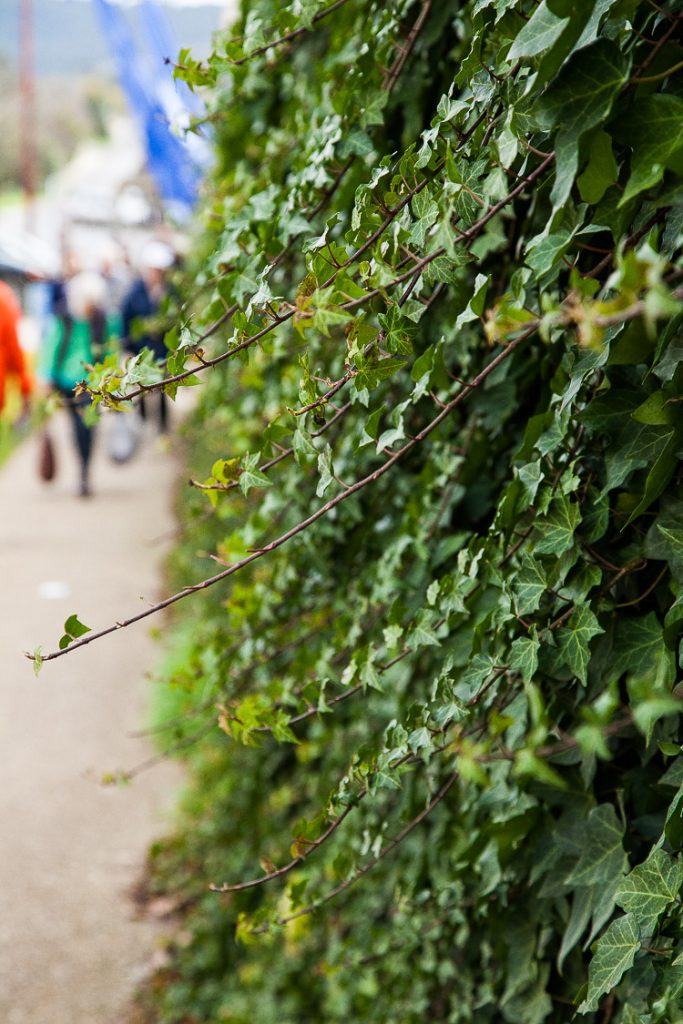

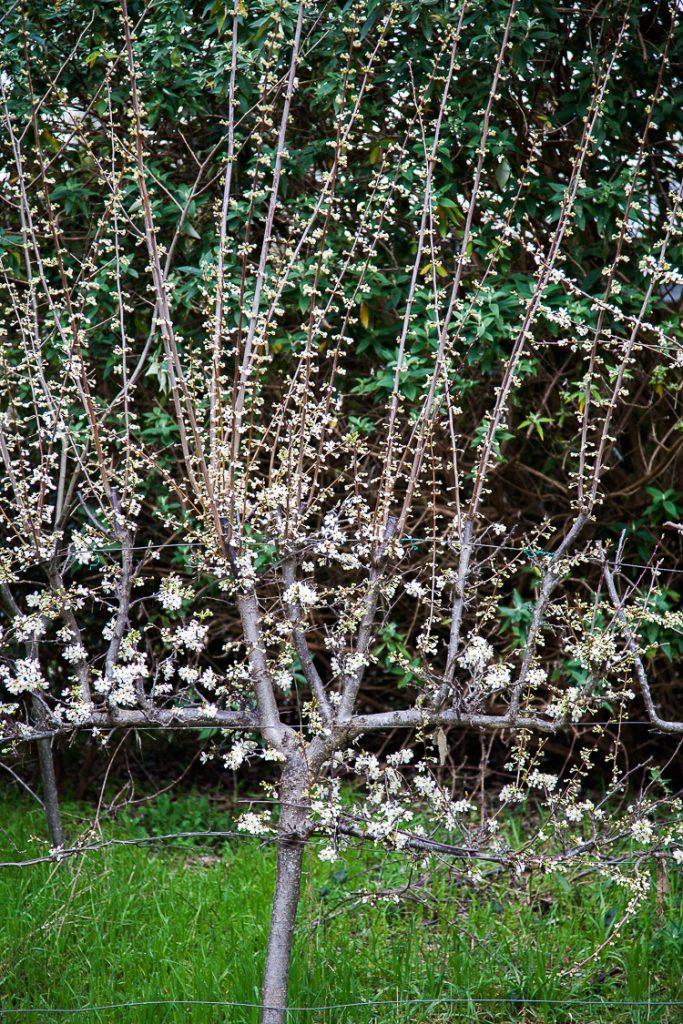
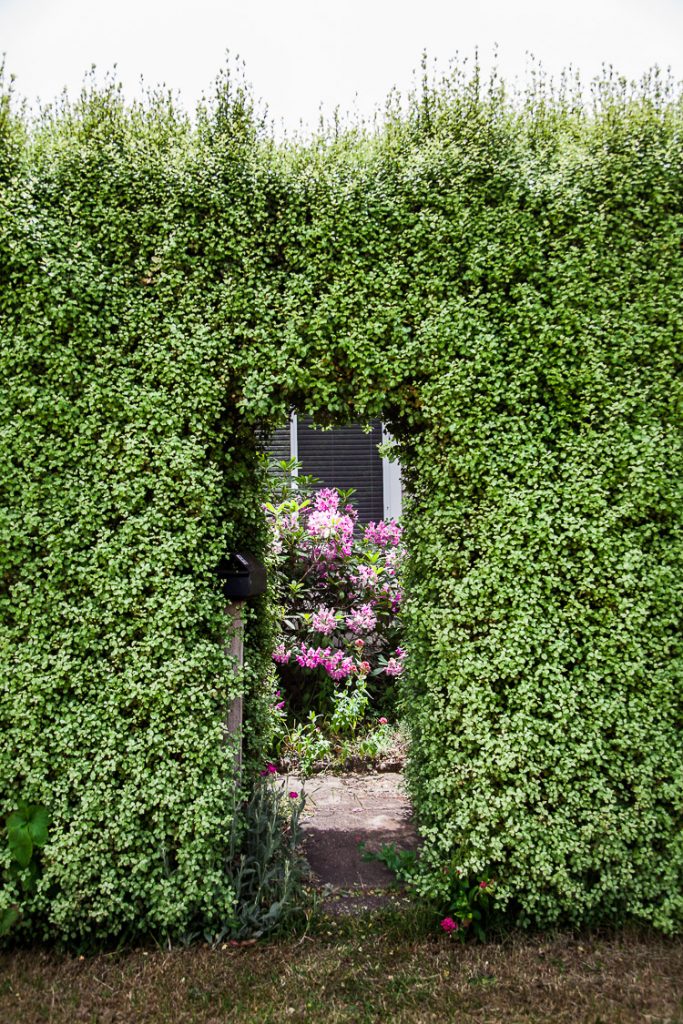
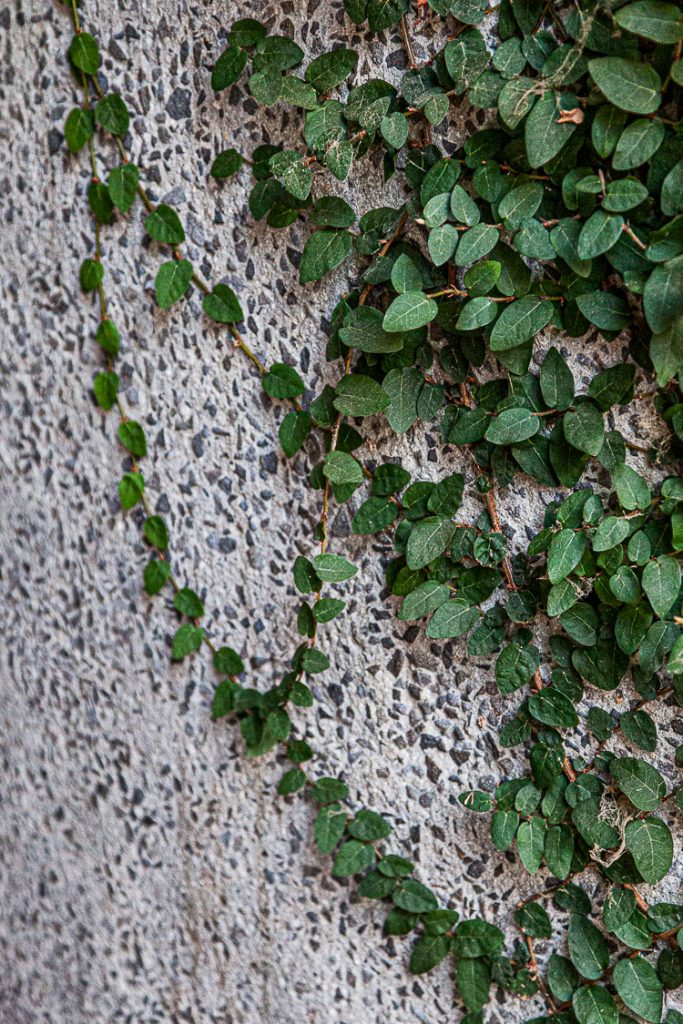
0 Comments